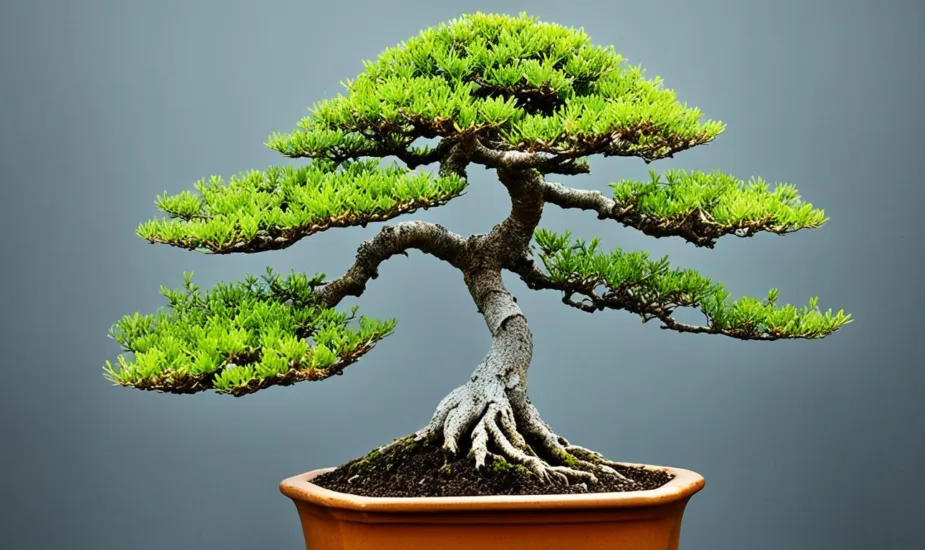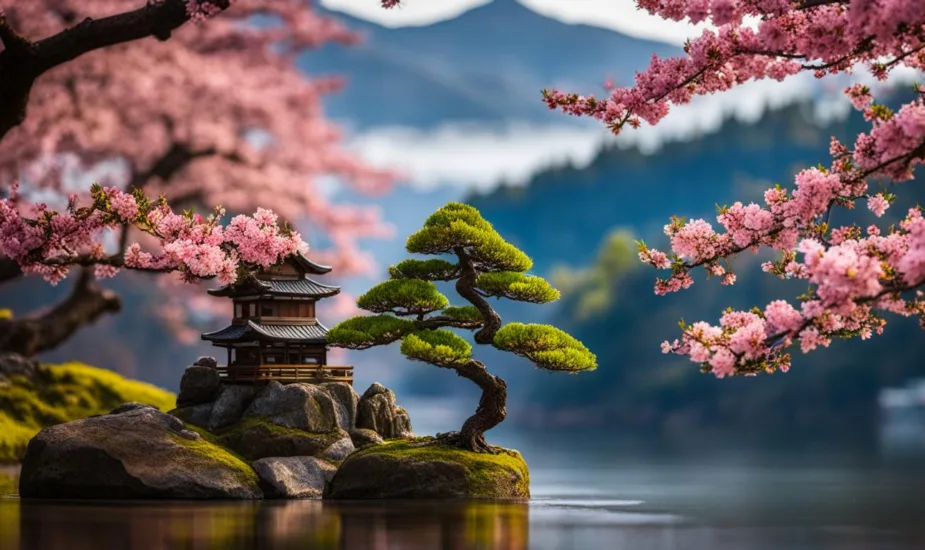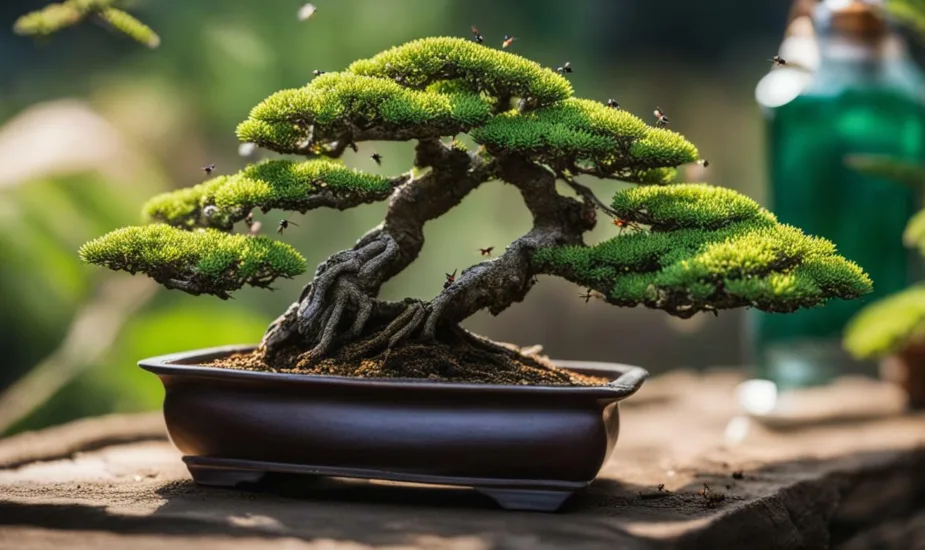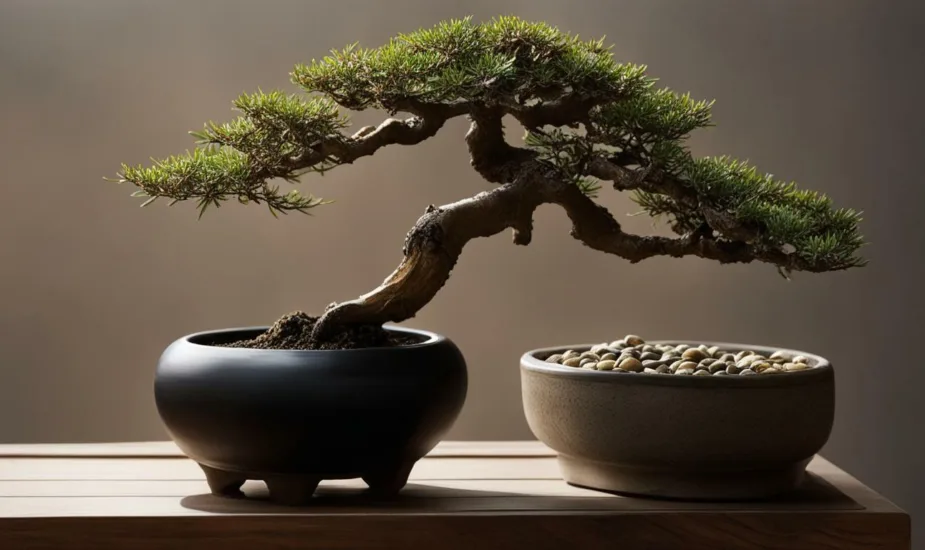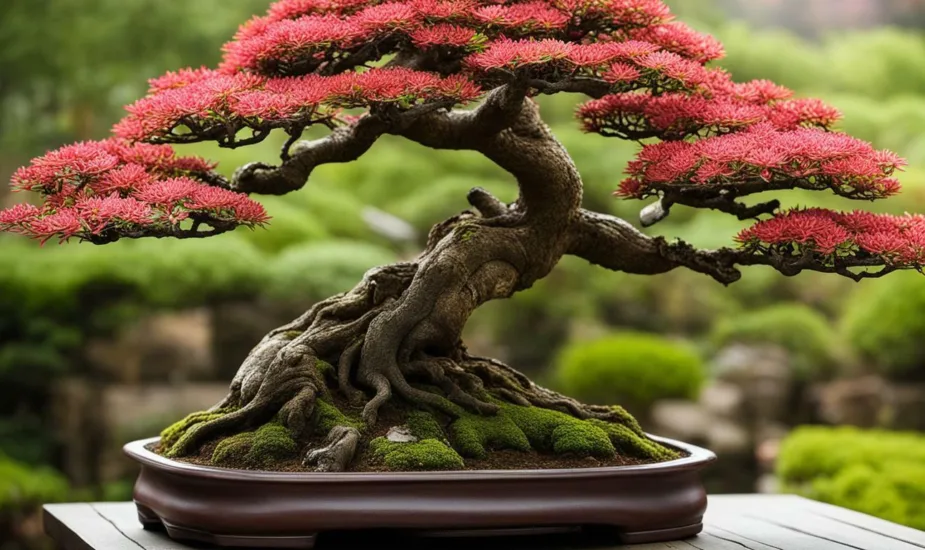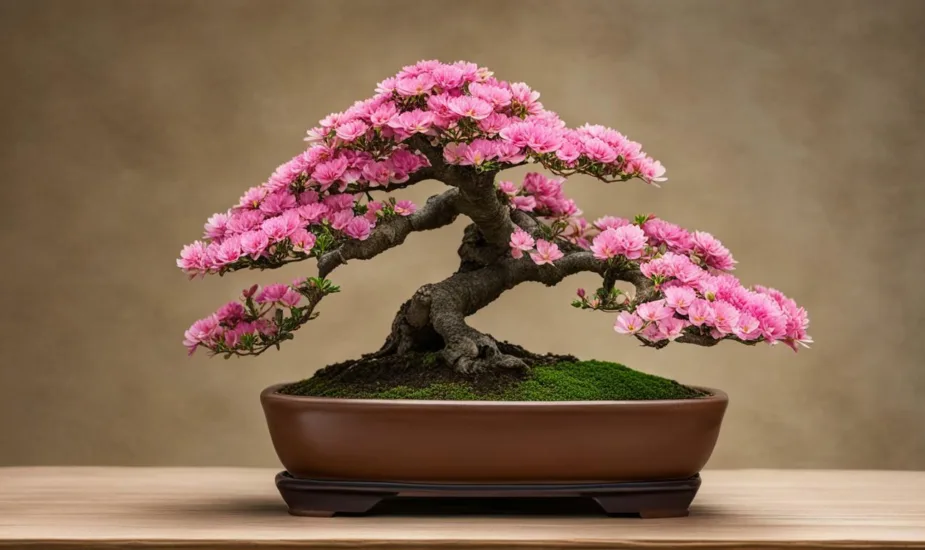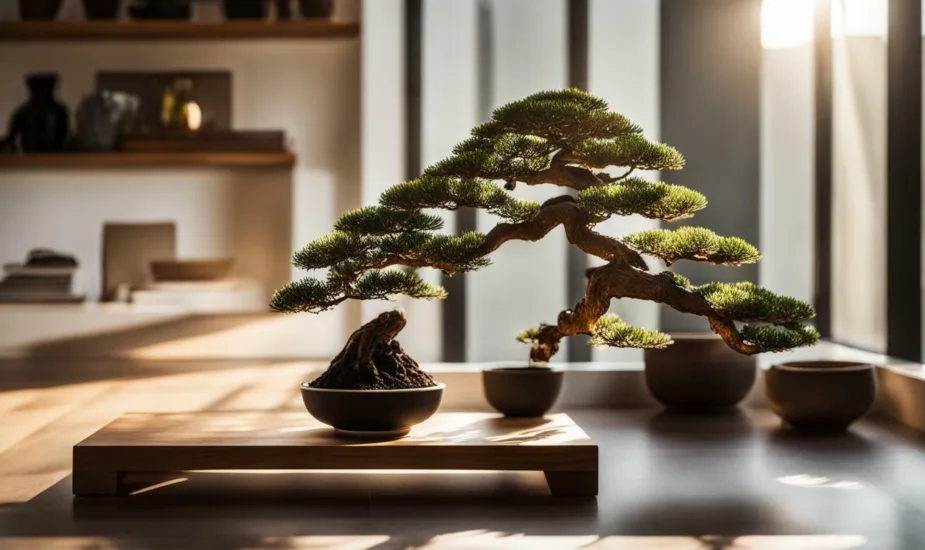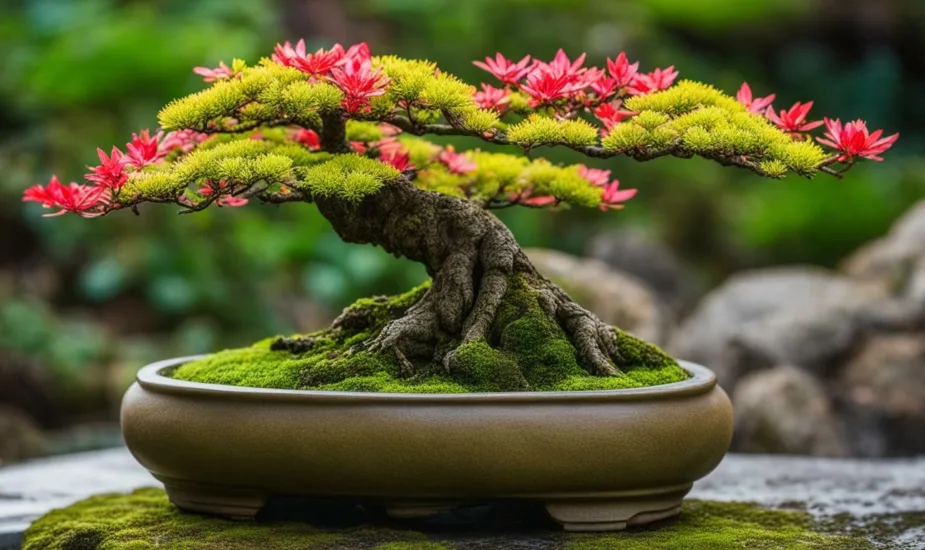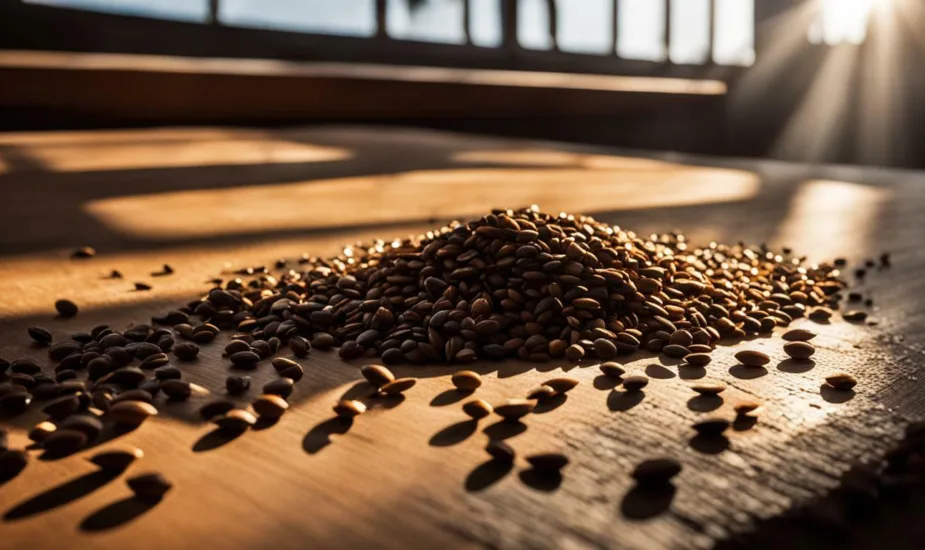Discover Why Bonsai Trees Take So Long to Grow
Bonsai trees are renowned for their meticulous pruning and shaping, which accounts for their extended growth period.

Originating in Japan, the art of bonsai has captivated enthusiasts worldwide, offering a unique way to add beauty and tranquility to homes and gardens. But why do these miniature marvels take so long to grow?
The slow growth of bonsai trees can be attributed to a variety of factors. Each type of bonsai tree has its own specific care requirements, necessitating a careful balance of light, temperature, and water. Indoor bonsai trees thrive in sunny spots with ample light, while outdoor bonsai trees require a combination of light and shade, particularly in hotter climates.
When cultivating a bonsai tree, the process begins with choosing the right species and container, filling it with well-draining potting soil, and shaping the tree through pruning. Regular care, including watering, fertilizing, and trimming, is essential for their growth and longevity. Patience is a virtue in the world of bonsai, as these miniature trees can take anywhere from five to ten years to reach maturity.
There are no shortcuts to make a bonsai tree grow faster, but certain techniques can be employed to promote growth. Opting for a faster-growing species and ensuring regular watering are two ways to encourage development. It’s worth noting that purchasing a partially grown bonsai tree can also expedite the process, providing a head start on the journey.
Bonsai trees are not only a testament to patience but can also stand the test of time with proper care. With lifespans that can extend for hundreds of years, these miniature wonders can become cherished heirlooms. So, embrace the slow growth process, and in due course, you’ll witness the beauty and serenity of a fully matured bonsai tree gracing your living space.
Factors Affecting Bonsai Tree Growth and Cultivation Time
Several factors play a crucial role in determining the growth and cultivation time of bonsai trees, leading to their slow and deliberate development. The art of bonsai requires careful attention to these factors to ensure the tree’s healthy growth and the desired aesthetic shape.
Firstly, the type of bonsai tree chosen influences its growth timeline. Different species have varying growth rates, with some trees naturally growing slower than others. For example, certain pine bonsai trees may take several years to show significant growth, while deciduous bonsai trees may develop at a slightly faster pace. Selecting the appropriate species aligns with the individual’s patience level and desired aesthetic outcome.
Additionally, the care and conditions provided to the bonsai tree greatly impact its growth and cultivation time. Bonsai trees should be placed in an environment that balances sunlight and shade. Indoor bonsai trees require a sunny spot with ample light, while outdoor bonsai trees need both light and some shade, particularly in hotter climates. Regular watering, well-draining potting soil, and appropriate fertilization are essential for the tree’s health and development. Pruning and shaping the tree according to the desired design also contribute to its cultivation time.

Bonsai Tree Growth Stages:
- Establishment Stage: During the initial years, the bonsai tree focuses on establishing a strong root system and adapting to its new environment. This stage is characterized by slower growth as the tree acclimates itself to its surroundings.
- Branching Stage: As the tree matures, it begins to develop branches, adding complexity and depth to its overall shape. This stage requires meticulous pruning and wiring to guide the branches’ growth and maintain the desired aesthetic.
- Refinement Stage: In this stage, the bonsai tree is nearing its desired shape, with fully formed branches and foliage. Fine pruning and trimming are necessary to refine the tree’s silhouette and enhance its overall appearance.
In conclusion, understanding the factors that influence bonsai tree growth and cultivation time is essential for enthusiasts. From selecting the right species and providing proper care to the deliberate stages of growth, these factors collectively contribute to the slow and deliberate development of bonsai trees. By embracing the time-consuming nature of the art form and exercising patience, bonsai enthusiasts can create stunning miniature marvels that bring beauty and tranquility to any space.
Conclusion
The slow growth of bonsai trees is an essential aspect of their unique beauty, requiring dedicated care and nurturing to achieve their desired form. Bonsai trees take a long time to grow because they are carefully pruned and shaped, resulting in an aesthetically pleasing shape that mimics mature trees found in nature.
The art of bonsai originated in Japan and has since gained popularity in the West as a way to add beauty and tranquility to homes and gardens. There are different types of bonsai trees, each with its own specific care requirements. Whether growing an indoor bonsai or an outdoor bonsai, providing the right conditions is crucial for their growth.
Indoor bonsai trees thrive when placed in a sunny spot with abundant light, while outdoor bonsai trees require a balance of light and shade, especially in hotter climates. To cultivate a bonsai tree, one must carefully choose the right type of tree, select a suitable container, fill it with well-draining potting soil, and engage in regular care including pruning, watering, fertilizing, and trimming.
The time it takes for a bonsai tree to reach maturity depends on the type and size of the tree, with some species taking five to ten years or more. For those who desire a more established bonsai tree, purchasing one that is already partially grown can accelerate the process. While there are no guaranteed ways to speed up the growth of bonsai trees, selecting a faster-growing species and ensuring regular watering can help promote growth.
With proper care, bonsai trees can live for hundreds of years, becoming lifelong companions. The cultivation of bonsai trees demands patience, attention to detail, and an understanding of the factors that influence their growth. By embracing the unique journey of slow growth, bonsai enthusiasts can create stunning miniature marvels that bring beauty and serenity to any space.
FAQ
Why do bonsai trees take so long to grow?
Bonsai trees take a long time to grow because they are carefully pruned and shaped to create an aesthetically pleasing shape. This meticulous process requires patience and time.
Where did the art of bonsai originate?
The art of bonsai originated in Japan and has since become popular in the West as a way to add beauty to homes and gardens.
Are there different types of bonsai trees?
Yes, there are different types of bonsai trees, each with its own specific care requirements. It is important to choose the right type of tree for your environment and level of expertise.
How should I care for an indoor bonsai tree?
Indoor bonsai trees should be placed in a sunny spot with lots of light. They also require regular watering, fertilizing, and pruning to maintain their health and shape.
Can outdoor bonsai trees be grown indoors?
While it is possible to grow outdoor bonsai trees indoors, they typically require more light than can be provided indoors. It is best to place outdoor bonsai trees in a spot with lots of light and some shade, especially in hotter climates.
How long does it take for a bonsai tree to grow?
The time it takes for a bonsai tree to grow depends on the type and size of the tree. Some bonsai trees can take anywhere from five to ten years to reach maturity.
Can I purchase a partially grown bonsai tree?
Yes, it is possible to purchase a bonsai tree that is already partially grown, which can speed up the process of cultivation. This is a good option for those who want to begin with a more advanced stage of growth.
Are there ways to make a bonsai tree grow faster?
There are no guaranteed ways to make a bonsai tree grow faster. However, choosing a faster-growing species and ensuring regular watering can help promote growth.
How long can a bonsai tree live?
With proper care, bonsai trees can live for hundreds of years. They require regular maintenance and attention to ensure their long-term health and longevity.
 Little Garden Tips
Little Garden Tips




